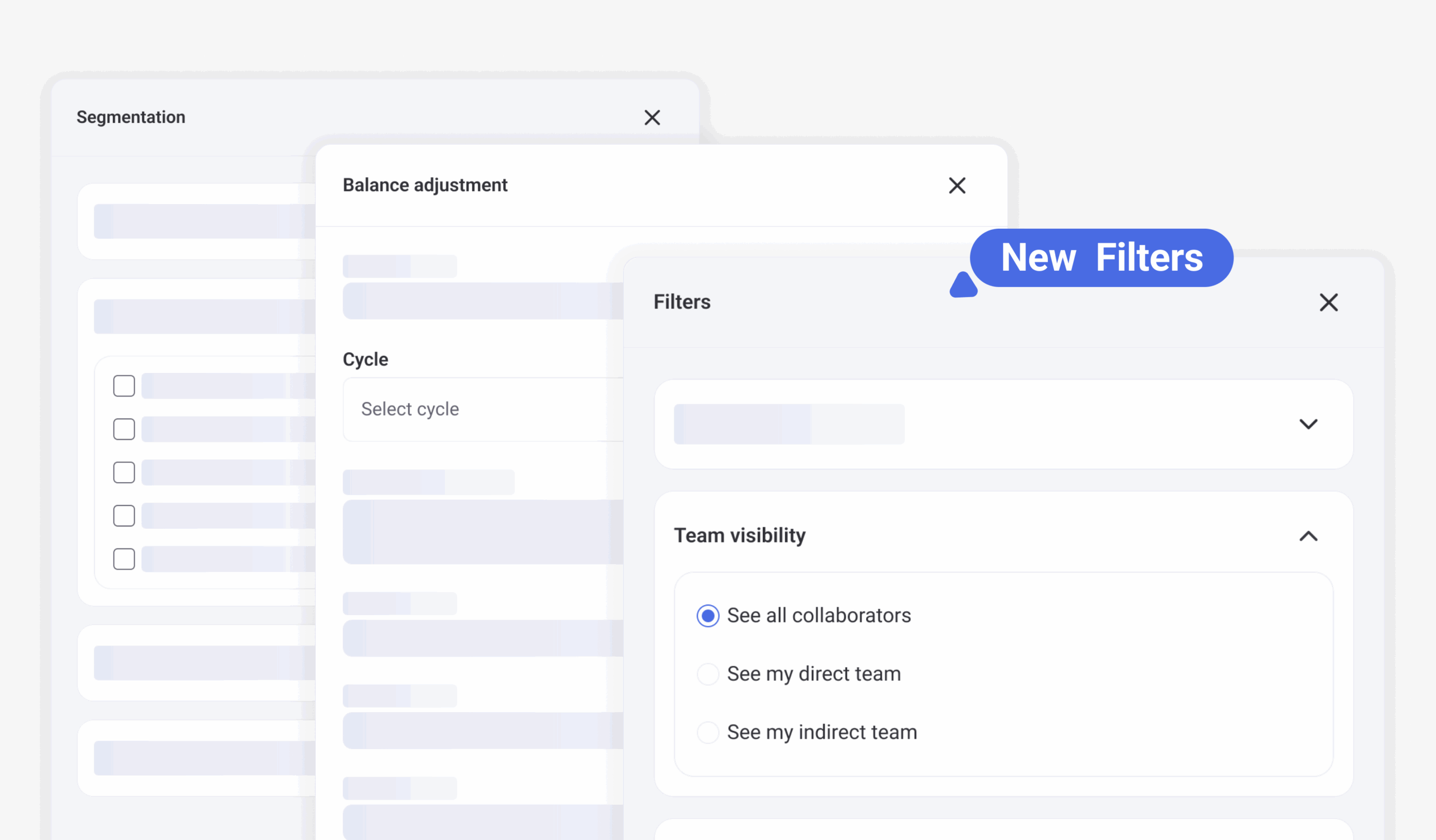Introduction
Did you know that a well-written employment reference letter can make a difference in an employee’s career? In today’s competitive job market, a recommendation letter can be the decisive factor that propels an employee toward a new professional opportunity. Discover how to write effective employment reference letters with this guide specifically designed for HR professionals.
Why are they important?
Employment reference letters are valuable tools for HR professionals and employees. These letters not only attest to an employee’s skills and job performance but also reflect the company’s culture and values.
As an HR expert, your ability to write a compelling recommendation letter can significantly influence a potential employer’s perception of a candidate. In this article, we will explore the essential elements of an employment reference letter and provide you with best practices to ensure your recommendations are always effective and professional.
What is an Employment Reference Letter?
Definition
An employment reference letter is a document written by an employer, supervisor, or HR professional that endorses an employee’s skills, performance, and character. This type of letter is used to provide positive references about an employee, highlighting their competencies and achievements during their time at the company. The letter typically includes details about the working relationship between the recommender and the recommended, as well as specific examples of their performance and contributions to the team or project.
Importance
In the job market, employment reference letters are essential for several reasons:
Credibility and Trust: In a job market where relationships and trust are crucial, a reference letter can serve as a testament to the employee’s reliability and capability. Companies value these personal references that can verify the candidate’s suitability for a specific position.
Candidate Differentiation: With a high level of competition in the job market, a well-written reference letter can differentiate a candidate from other applicants. It provides an additional advantage by highlighting strengths and successes that are not always evident in a resume or interview.
Transparency in Recruitment: Reference letters also promote transparency in the selection process. They offer an external and objective view of the candidate’s performance, helping recruiters make more informed decisions.
Cultural and Legal Compliance: It is common for employers to request reference letters as part of the hiring process. This requirement reflects a cultural practice and, in some cases, may be aligned with internal company policies to ensure the quality and reliability of new hires.
By understanding and valuing the importance of reference letters in the job market, HR professionals can significantly improve their selection and promotion processes, contributing to the success of both their employees and the company as a whole.
Key Elements of an Employment Reference Letter
Introduction and Recommender’s Details
In this section, the recommender should briefly introduce themselves, indicating their full name, position, and relationship with the company. It is important to include contact information, such as an email address and phone number, so the recipient of the letter can verify the authenticity of the recommendation if necessary, as well as contact the recommender with any questions.
Working Relationship with the Recommended
This section details the working relationship between the recommender and the recommended. It should specify the period during which the recommended worked at the company, as well as the position or role held. Providing details about the context in which the working relationship developed is essential for the recipient to understand the scope and relevance of the recommendation.
Job Performance and Skills of the Recommended
In this section, the recommender describes the job performance of the recommended and highlights their relevant skills and qualities for the position they are applying for. Specific examples of achievements, notable projects, or particular skills that demonstrate the recommended’s value and contribution to the company can be included. It is important to be honest and precise in evaluating the employee’s performance, providing a balanced and objective perspective.
Conclusion and Final Recommendation
In the conclusion of the letter, the recommender summarizes the key points about the employee’s performance and skills, reaffirming their recommendation for the position or job opportunity in question. It is important to express confidence in the employee’s abilities and offer availability to provide additional information if necessary. This section closes the letter on a positive note and leaves a lasting impression on the recipient about the recommended’s suitability for the position.
Step-by-Step Guide to Writing an Employment Reference Letter
Step 1: Gather Relevant Information
Before starting to write the reference letter, it is crucial to gather relevant information about the employee and their job performance. This includes details about their responsibilities, achievements, skills, and any other notable aspects of their career at the company. It is also helpful to have specific examples of situations where the employee demonstrated their skills and contributions to the team or project.
Step 2: Structure the Letter
The structure of the reference letter should follow a clear and organized format. It is recommended to divide the letter into three main sections: introduction, body, and conclusion. In the introduction, introduce the employee and establish the relationship between the recommender and the recommended. The body of the letter is used to describe the employee’s performance and skills, providing concrete examples to support the claims. Finally, the conclusion reaffirms the recommendation and offers availability to provide additional information if necessary.
Step 3: Write with Clarity and Conciseness
When writing the reference letter, it is important to use clear, direct, and concise language. Avoid unnecessary jargon or technical terms and ensure that the letter is easy for the recipient to understand. Choose your words carefully to accurately convey the employee’s qualities and skills, highlighting their strengths in a positive and convincing manner.
Step 4: Review and Edit
Once the initial draft is completed, it is crucial to review and edit the reference letter to ensure accuracy and coherence of the content. Take time to check the grammar, spelling, and structure of the letter, and make sure all details are correct and well-organized. Additionally, pay attention to the clarity and consistency of the message, and make necessary corrections to improve the letter’s flow and effectiveness. Remember that a thorough review can make the difference between an acceptable reference letter and an exceptional one.
Example of an Employment Reference Letter
Format and Template
Below is a free example of an employment reference letter that you can use as a guide when writing your own recommendations. This format is designed to be clear, concise, and effective, providing a solid structure to convincingly communicate the employee’s skills and performance.
Download our FREE Employment Reference Letter Template here.
Note: The specific information in brackets should be filled in with the corresponding details before sending the reference letter.
Here‘s another example that may be helpful.
Best Practices for HR Professionals
Maintaining Professionalism
As a Human Resources professional, it is essential to maintain a high level of professionalism when writing employment reference letters. This includes using formal and respectful language, as well as maintaining impartiality and objectivity in evaluating the employee’s performance. Avoid including personal or irrelevant comments that may compromise the integrity of the recommendation and ensure that the letter properly reflects the reputation and values of the company.
Being Honest and Accurate
Honesty and accuracy are key values when writing employment reference letters. It is important to provide a fair and accurate assessment of the employee’s performance and skills, avoiding exaggerations or falsehoods that may distort the candidate’s true image. Be honest about the employee’s strengths and areas for improvement, and provide specific and verifiable examples to support your claims. Remember that the credibility of the recommendation depends on its truthfulness and objectivity.
Adapting the Letter to Each Situation
Each employment reference letter should be tailored to the specific situation and the needs of the recipient. This means customizing the content of the letter according to the position the employee is applying for and the qualities and skills that are most relevant to that particular position. Additionally, consider the context and culture of the receiving company when writing the letter, ensuring that the tone and content are appropriate and effective for that specific audience. A tailored and personalized recommendation letter will increase its impact and relevance to the recipient.
Conclusion
Summary of Key Points
Writing an effective employment reference letter is an essential skill for Human Resources professionals. By understanding the key elements, maintaining professionalism, being honest and accurate, and adapting the letter to each situation, you can provide valuable recommendations that truly make a difference in an employee’s career.
Furthermore, by using advanced tools like Humand, you can optimize your HR processes by centralizing all tasks in a single platform and improving internal communication. Humand’s specific modules facilitate comprehensive human resources management, allowing you to save time and enhance the efficiency of your department. Schedule a free demo today with Humand, and discover the importance of using HR software in your company!






